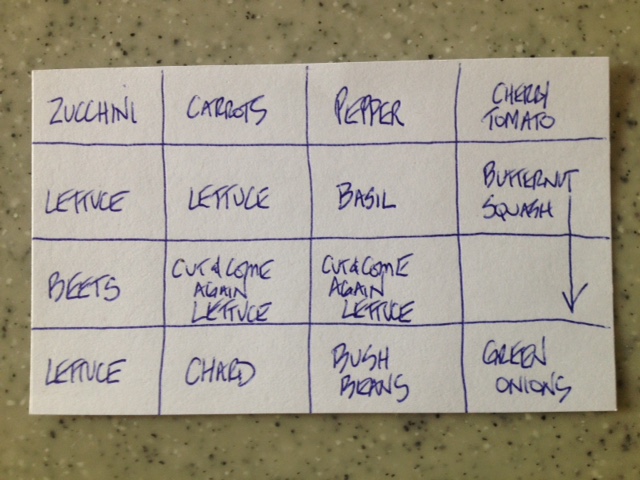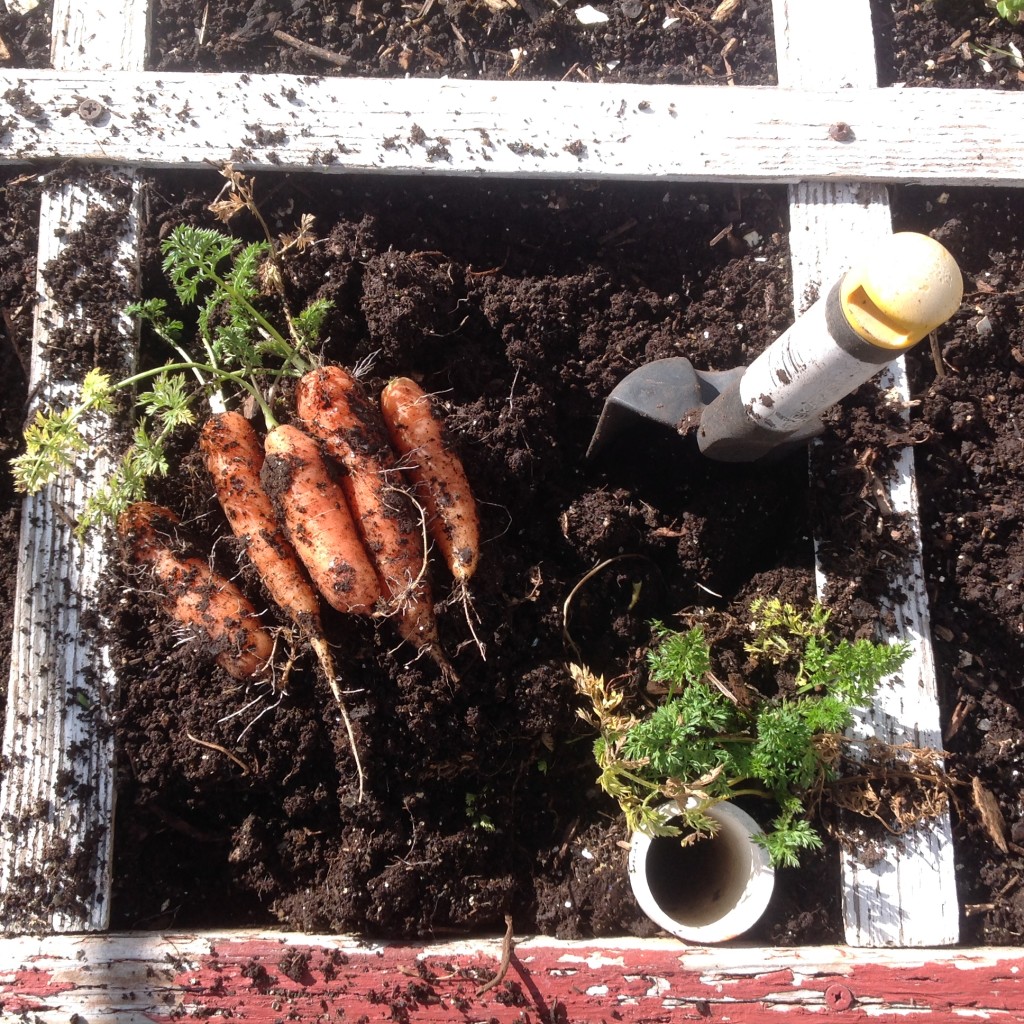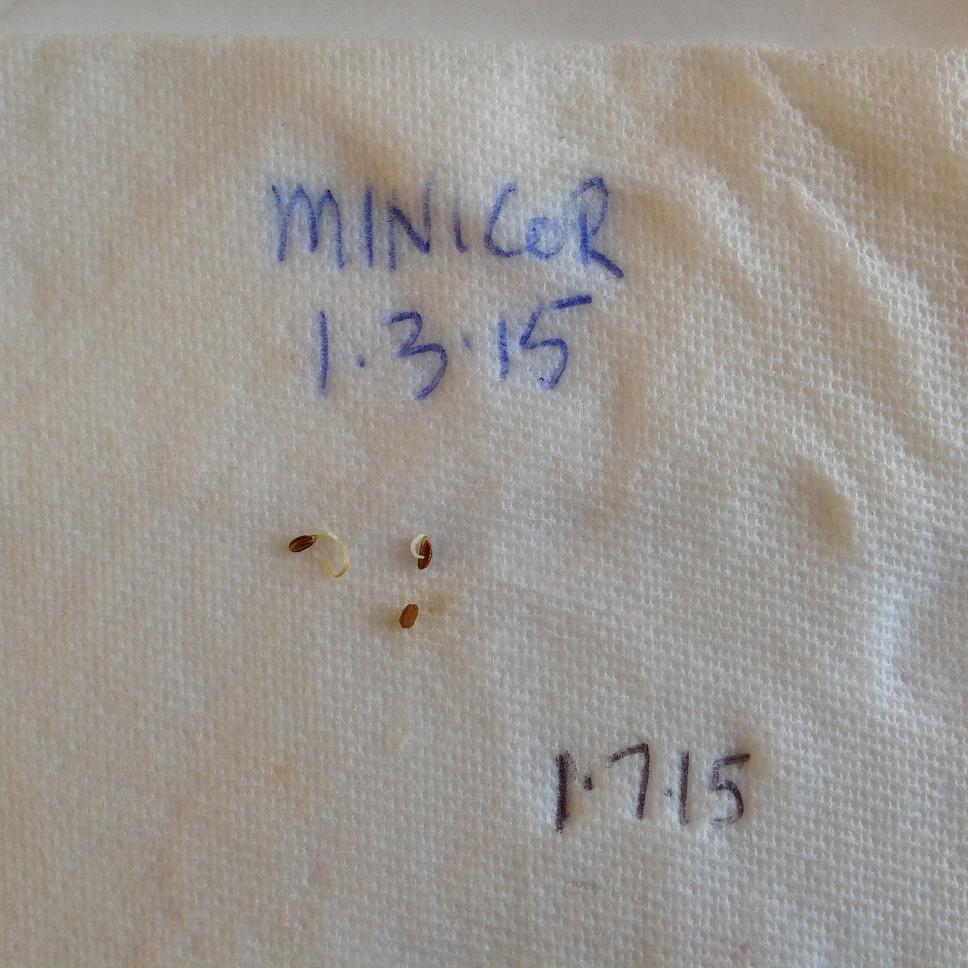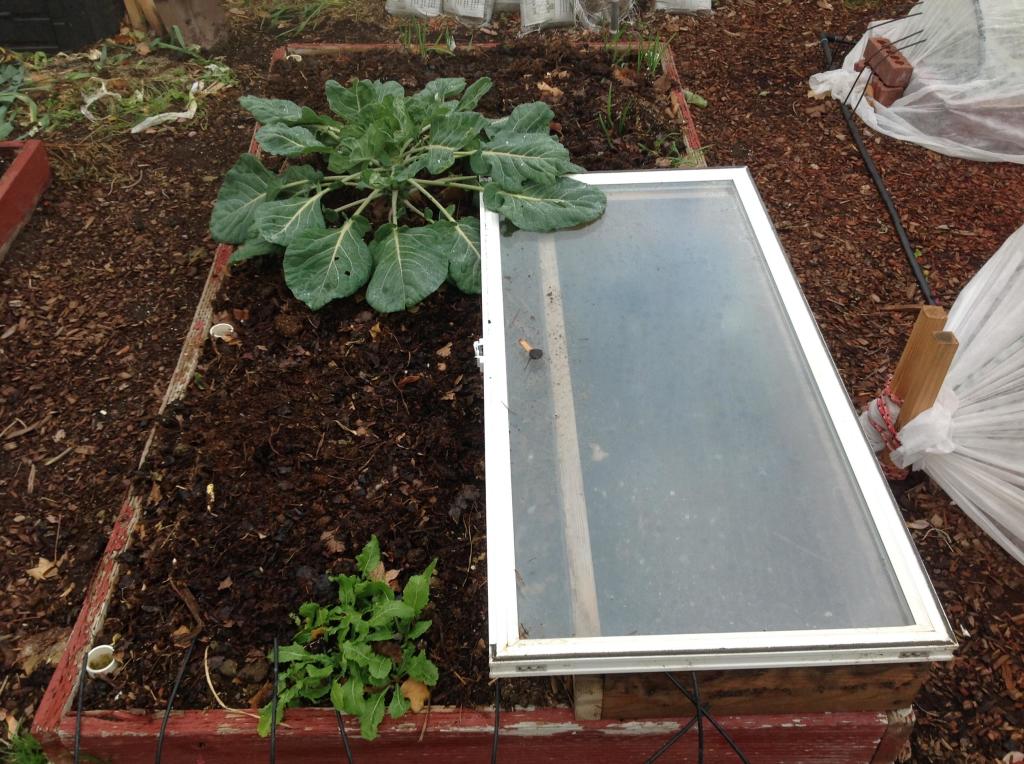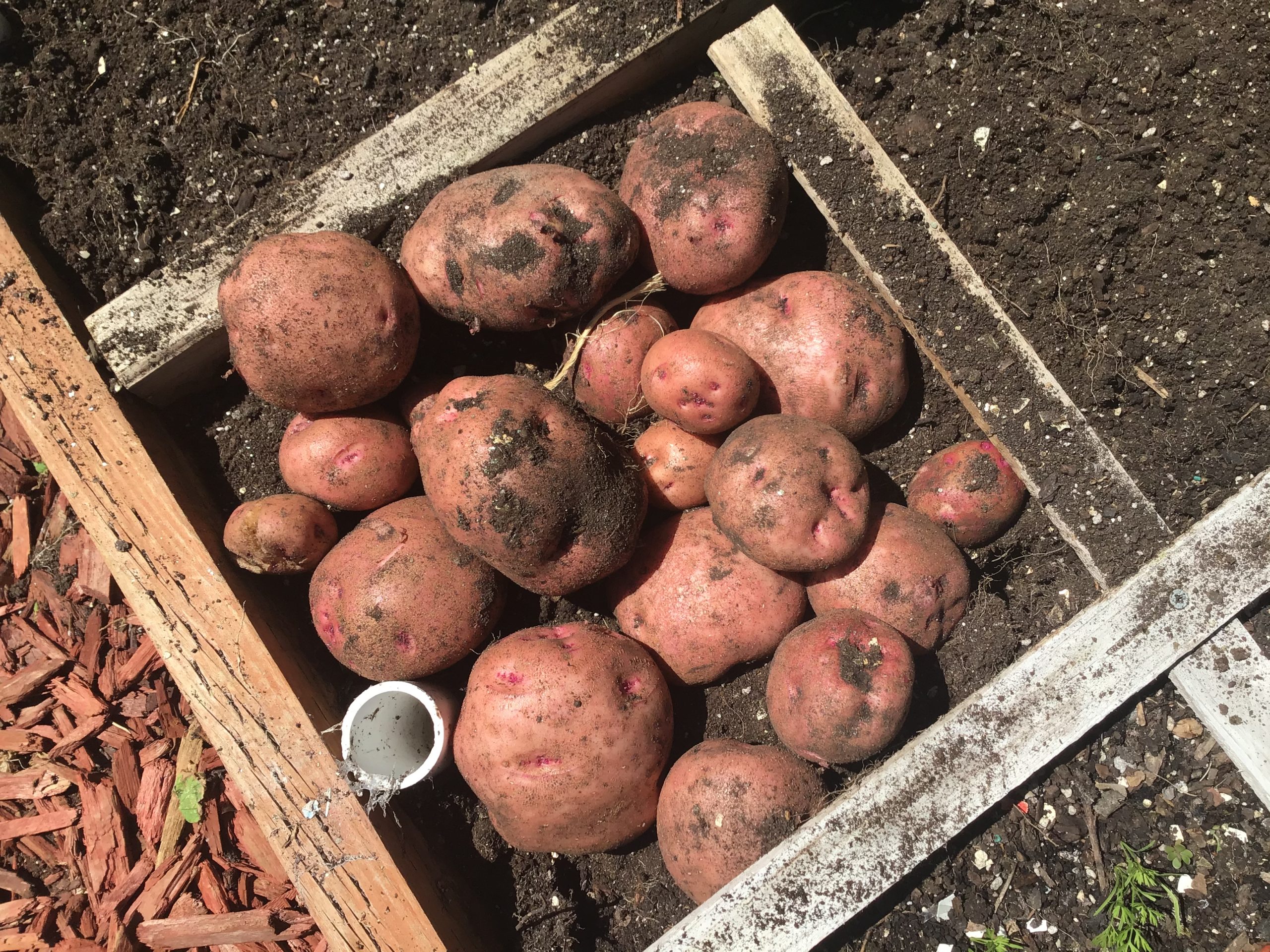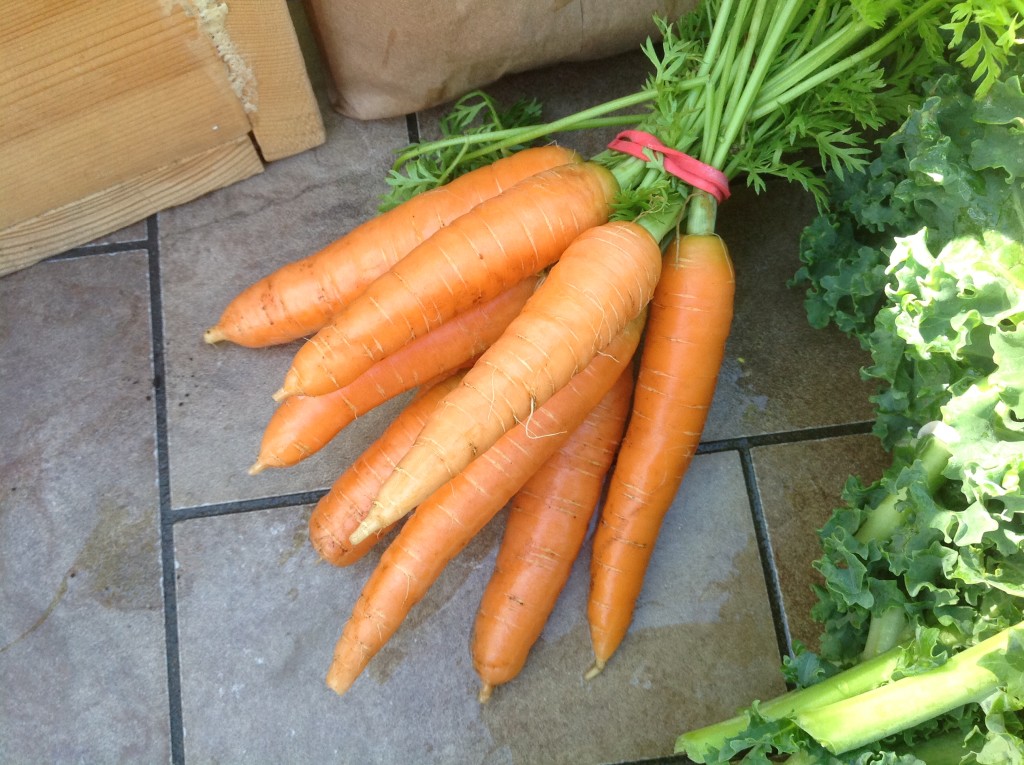 Ok, here we go! I like to always think one season ahead. When folks are planting spring, I’m thinking summer. Right now some are getting ready for a fall garden, I’m thinking winter. Of course, there’s many gardeners around who will be content with letting the fall season end their gardens until next spring. They’ve worked hard-well, they’re still working hard. The weeding has become part of the regular weekend choirs for them or their kids. By Labor day weekend they’ve had it. Too much work, too much time to keep up with it, and now it’ll be time to pull it up and let it rest for the winter.
Ok, here we go! I like to always think one season ahead. When folks are planting spring, I’m thinking summer. Right now some are getting ready for a fall garden, I’m thinking winter. Of course, there’s many gardeners around who will be content with letting the fall season end their gardens until next spring. They’ve worked hard-well, they’re still working hard. The weeding has become part of the regular weekend choirs for them or their kids. By Labor day weekend they’ve had it. Too much work, too much time to keep up with it, and now it’ll be time to pull it up and let it rest for the winter.
There’s certainly nothing wrong with this. I’ve got neighbors who only have and want a summer garden. They might let it go as far into the fall as they can to enjoy the remaining tomatoes and letting the squash ripen a little more.
But since a square foot garden is 90% less work than a traditional row garden, I’ve got a bundle of energy left to go all fall and into the winter. In fact, I think fall and winter are one of the most rewarding of all the growing seasons. I think it’s a good idea-for those wanting a good fall garden or even a winter garden-to begin planning now.
For example, I know I’ll need about 200 carrots to take me through the winter. One of our famous and family favorites-carrot au gratin-requires lots of them. We’ve made it with store bought carrots and they were so tasteless nobody ate them. I’ve got to have my carrots ready by November 14th, when the daylight hours go below 10 hours a day. I’ll just be sure to choose a variety(and I’ve got my favorites)that grow in 60-80 days which will take my timing to about mid-October. Perfect. If you get caught and haven’t given yourself enough time to grow winter carrots, try Minicor. They’re ready in about 60 days and can be harvested at any stage with good flavor.
The thing about winter carrots is their sweetness. You can pull your carrots out of the ground before the hard frost arrives and store them in the right conditions to take you through the winter. But they don’t have the same flavor as carrots left outside with roots in the soil. All the carrot starches turn to sugar as a protective mechanism when cold weather arrives, which is the reason winter carrots are so much sweeter than any other time of the season. As it turns out being in our cold climate of zone 6B gives us advantages that the warmer climates can’t match[ois skin=”1″]
